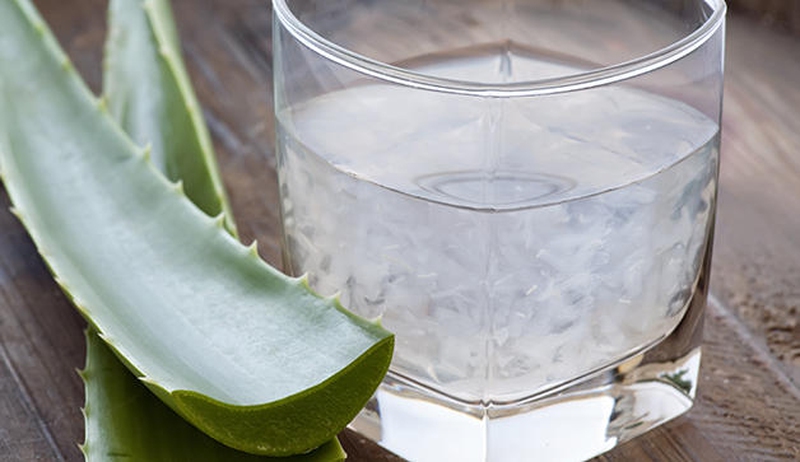It’s the time of the month again. Instead of the usual blood flow, you noticed clots in your menstrual blood. You started to worry since it is the first time it happened. Surely, you have tons of questions going through your mind – what they are, why they happen, and what you can do to prevent them from happening. Thankfully, you’re in the right page. Read this post to know more about clots and how to stop blood clots during period.

What Is Blood Clot During Period?
On good days, your body releases anticoagulants to keep menstrual blood thin and fluid. During heavy days, blood is rapidly expelled from your body and anticoagulants don’t have enough time to do its job of making menstrual blood move freely. This leads to blood clots composed of fibrin, coagulated mass of blood, and endometrial tissue.
Thus, heavy menstrual bleeding is the most common reason for clotting, which is normal and not a cause for concern. However, here are other reasons why you experience this condition:
Retained Blood – Also known as pooling, this is blood that stayed inside your uterus because of:
Endometriosis – Thickening of uterine lining combined with heavier blood flow during menstruation that leads to clotting.
Post Childbirth – Uterus hasn’t returned yet to normal size.
Uterine Obstructions – Presence of adhesions, fibroids, and polyps within the uterus, which impedes proper menstrual blood flow.
Adenomyosis – This condition happens when endometrial tissue grows within your uterine walls’ muscles due to prolonged bleeding, heavy menstrual blood flow, and passing period clots on your Red Days.
Hormonal Imbalance – There are two hormones controlling your body’s ability to shed the uterine lining: estrogen and progesterone. When these two hormones are not in sync, your uterus’ endometrial lining becomes too thick, which leads to more blood flow and blood clotting.
Some women experienced blood clots occasionally while some have it during Red Days only. Hormonal fluctuations, diet, and lifestyle choices affect the thickness of uterine lining, which explains why not all women will experience blood clots. When there is a variation in the thickness of the uterine lining from cycle to cycle, menstrual blood flow can change, which could result to clot formation.
Here’s the good news: you can prevent these clots from happening and give you a peace of mind. Read the next section to learn more about it.
Tips on How to Stop Blood Clots During Period
NSAIDs: Your Quick Solution Against Clotting During Menstruation
If you are looking for a quick relief against clotting, non-steroidal anti-inflammatory drugs can be your option. NSAIDs such as naproxen and ibuprofen are more than just pain medications because it also helps decrease the amount of blood lost during Red Days. As a result, it reduces clotting as well.
Nonetheless, watch out for possible increase in bleeding, since some experienced this as a side effect.
Consider Tranexamic Acid to Stop the Clotting
Tranexamic acid works similarly with NSAIDs. By taking a pill, you will be able to reduce blood flow, which leads to fewer blood clots as well.
Say Goodbye to Heavy Bleeding with Oral Contraceptives
This is another option you can consider when minimizing the risk of clotting. In fact, some doctors will ask you to take one if you experience heavy bleeding during your period.
Keep in mind that heavy bleeding and blood clotting can be a result of hormonal imbalance. Taking oral contraceptives could balance hormones in your body, normalize menstrual flow to make them more regular, and in the end, helps you on how to stop blood clots during period.
Surgical Procedure for Options That Don’t Work
In case medications didn’t help in minimizing clotting, surgery can be another option. Below are some of the surgical options available to help you correct the situation:
Dilation and Curettage – Known as D&C, this procedure removes the top layer in your uterus lining to reduce clots and bleeding.
Endometrial Ablation or Resection – This is similar to D&C, although more uterine lining is removed.
Operative Hysteroscopy – Using a small camera, your doctor will be able to view the inside of your uterus and take out polyps and small fibroids associated with bleeding.
Hysterectomy – Complete removal of uterus.
Never Underestimate the Power of Home Remedies
You can also reduce blood clots with the help of the following home remedies:
Aloe Vera – Known for its medicinal content, drinking aloe vera juice before and during menstruation naturally stops heavy bleeding and eventually clotting.
Tomato Juice – It contains vitamins that reduce blood flow during Red Days, thereby reducing blood clotting.
Apple Cider Vinegar – This ingredient acts as a tonic to balance hormones, thereby reducing bleeding clots. Simply mix one to two teaspoons of ACV in warm water and drink this three times a day for best results.
Cold Compress – This is one of the best home remedies on stopping blood clots during period. Place a pack of ice over your abdomen for 15 minutes to reduce the symptoms.
Magnesium – One of the causes of heavy menstruation, which could lead to blood clots is magnesium-deficiency. Consume magnesium-rich foods like avocado, watermelon, squash, and oats to reduce your risk.
Hydration: A Simple and Effective Way to Stop Clotting
Proper hydration is crucial to facilitate healthy flow of fluids within your body, including menstrual blood. Therefore, start your day by drinking water in room temperature. Add a squeeze of lemon in it for added liver support. You can also drink freshly squeezed fruit juices, preferably organic, since they contain vitamins, minerals, and antioxidants that not only minimize clotting but also improve fertility.
Are you ready to stop blood clotting from forming? Keep these information and tips on how to stop blood clots during period in mind to make your Red Days stress-free.


View All Comments /Add Comment